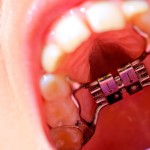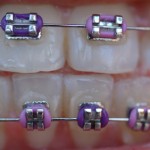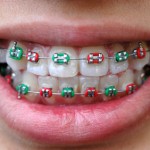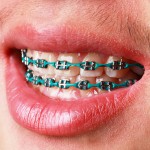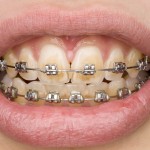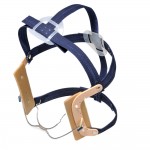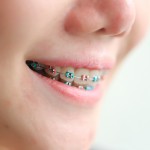
This review of fixed functional appliances for the treatment of class II malocclusions could only find 11 small studies with methodological problems to assess the effectiveness of this approach. Some benefit was noted but larger higher quality studies are needed.
[read the full story...]